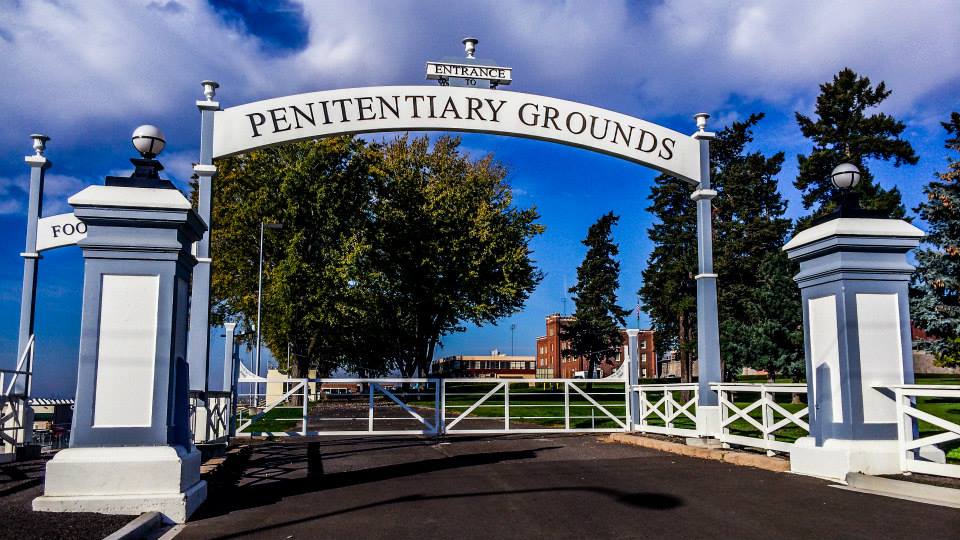

The U.S. has the highest rate of incarceration in the world, between five and ten times the rate of other western countries.
Incarceration rates vary widely around the US. Figure 1 shows incarceration rates by state. These figures include all individuals in the custody of the state, whether in traditional prisons or in alternate facilities. State prisons typically house prisoners whose sentences last longer than one year, while those serving sentences shorter than one year remain housed in county jails.

Washington’s incarceration rate, at about 26 prisoners per 10,000 population, is on the low end nationally. Oklahoma, the state with the highest rate, incarcerates people in their state system at 2.7 times the rate of Washington.
The incarceration rate in Washington has been dropping. Figure 2 shows total number of prisoners in the traditional prison facilities in Washington—both men’s and women’s—since 2010. Data is originally given as the “average daily population” by month, and these figures are then averaged for the year. The incarceration rate, shown on the right axis, reflects only the inmates in traditional prisons.

The average number of inmates housed in Washington’s traditional state prisons in 2020 is just slightly higher than in 2009, while the state’s population grew 15 percent during that time. The incarceration rate, shown as the orange line, has fallen from 24 prisoners per 10,000 population to 21. (The rate for Washington is higher in Figure 1 because the national data includes people in state custody but not in the traditional prison system).
There may be a simple explanation for the flat growth in prisoners: capacity. Figure 3 shows the capacity of the traditional prisons in Washington in 2010 and 2020, and the utilization of that capacity.

The Washington state prison system is largely full and has been so for many years. Until 2020, when prison populations were reduced because of concerns about the spread of Covid, the system as a whole was operating above capacity, and few individual facilities ever dropped below 95 percent of capacity.
The state has not added much prison capacity in recent decades. The newest men’s prisons, Airway Heights and Coyote Ridge, opened in 1992, and the state stopped using the old federal prison at McNeil Island in 2011. Some prisons have expanded, especially the penitentiary at Walla Walla, but overall, the system now has about 500 fewer beds than it did in 2010. In 2010, the state prison system had about 25 prison beds per 10,000 residents and that had fallen to 21 beds by 2020.
Looking Ahead
State prison populations were already falling before the pandemic pushed administrators to reduce prison crowding, and before popular protests raised questions about policing and criminal justice practices. A broad bipartisan national interest in prison and sentencing reform has been emerging which may result in further reductions in prison populations. So it seems likely that Washington’s current prison system will be adequate to meet the needs of the state’s criminal justice system, even in the face of strong population growth.
Discover more from Post Alley
Subscribe to get the latest posts sent to your email.
